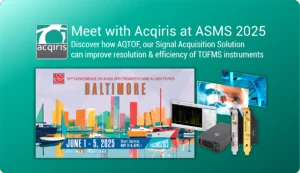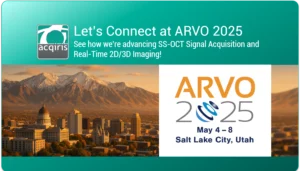Real-time data processing after analog-to-digital conversion at multi-gigasamples per second on digitized data can’t be performed on a host computer as the backplane is not fast enough to extract the samples at full speed. In addition, a modern multi-processor workstation can’t perform real-time operations at such rates. Hence, an FPGA with enough available resources for customization inside the acquisition module is the ideal solution to apply such real-time algorithms on the acquired data at full speed.
Reducing the amount of data produced, accelerating the algorithm’s execution, and improving the software application processing and analysis time are among the main reasons why a programmable device open for customization on the digitizer data path is required.
Furthermore, confidentiality is a sensitive topic, especially for aerospace and defense (A&D) applications and new wireless communication standards like 5G. An FPGA with modern encryption techniques is the ideal place to protect intellectual property (IP).
Engineers will come across a variety of alternative solutions if they wish to implement real-time data processing on a signal acquired with a high speed digitizer. Some of these solutions offer a basic approach providing strictly the minimum set of capabilities to customize the FPGA with limited or no support. Others have a more comprehensive approach providing everything that is required to quickly turn ideas into reality, including access to the full features and performance of the digitizer coupled with an extensive engineering service.
Hidden and upfront costs, time to market, guarantee of success, and continuous support are key elements in choosing between solutions.
For more information, please contact us at support@acqiris.com.







